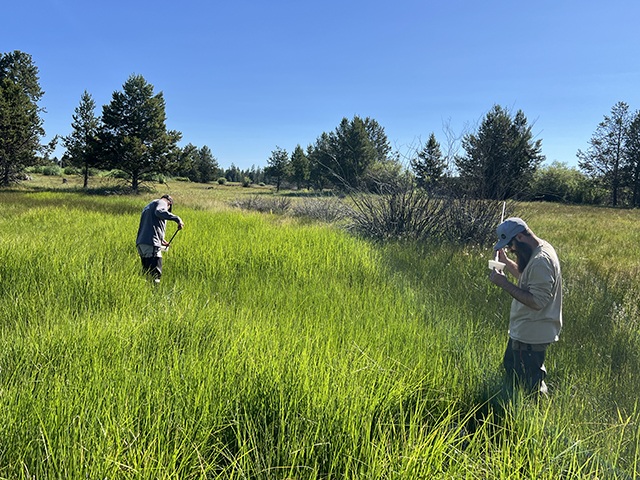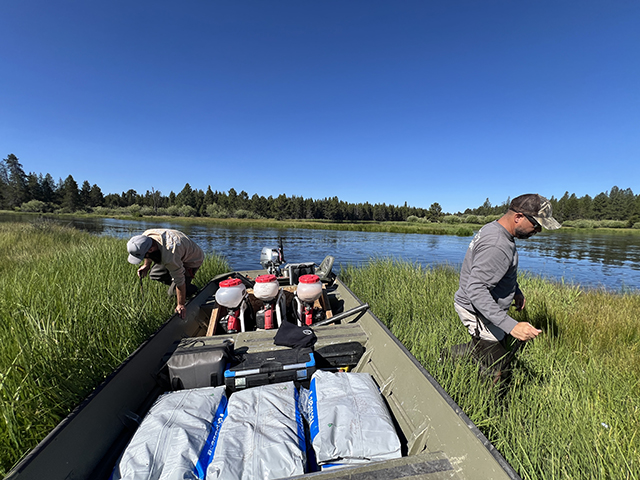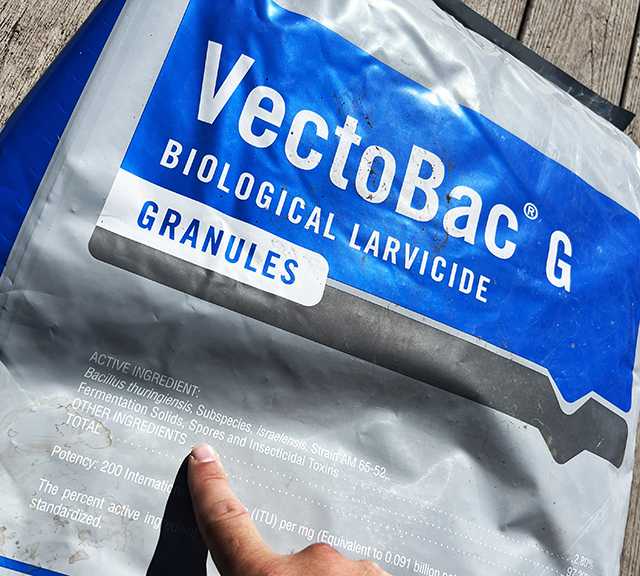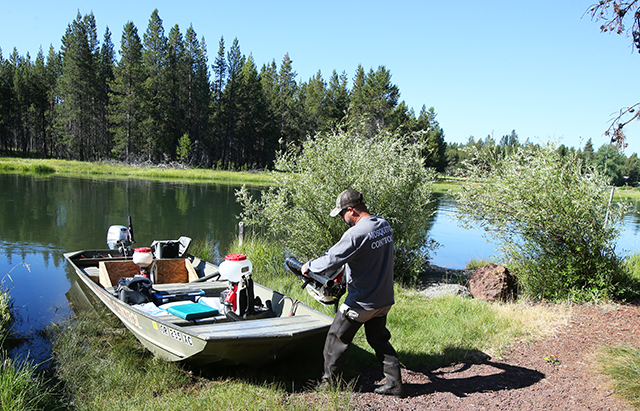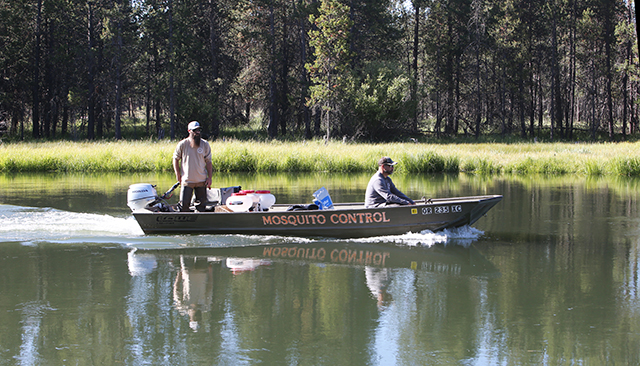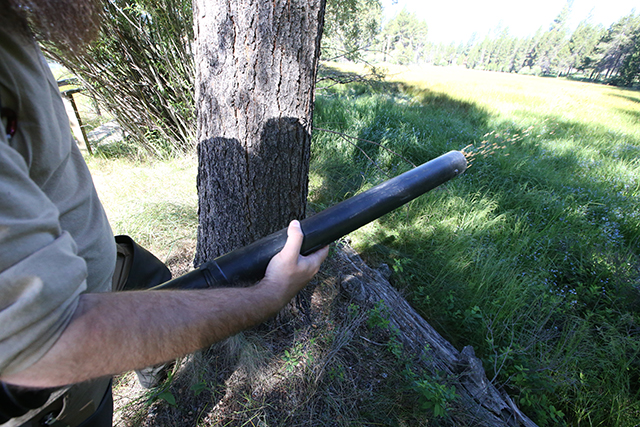As mosquito numbers rise, here’s how one Central Oregon community deals with them
Published 7:39 am Wednesday, July 2, 2025






It has been a busy summer so far for the Four Rivers Vector Control District. Spraying pesticides from both air and land, the district has been operating since April trying to control mosquitoes that annually infest areas around Sunriver. The work is expected to continue through September.
The mosquito infestation in Sunriver has been high in recent years due to above average snowfall in the Cascades, which creates more standing water in spring. This year is no different, said Sierra Dieckhoff, Four Rivers Vector Control District’s office manager.
“This year stands out as one of the worst we’ve seen in quite some time because of the wet winter and spring we had,” said Dieckhoff. “This year we are seeing significant amounts of standing water and flooding along the rivers until about the first week of June.”
Dieckhoff said all that water has given mosquitoes more habitat than usual to lay eggs. In addition, eggs that had been dormant in marshes and have not seen water in years have also been reactivated.
“If I had to rate this mosquito season on a scale of one to 10, I’d put it at a solid eight,” said Dieckhoff. “It has definitely been above average.”
Dieckhoff answered questions about how the district operates and its methods for reducing mosquito populations in Sunriver.
What is the Four Rivers Vector Control District?
Four Rivers was founded in 1985 as a nonprofit. It is funded by property taxes (28 cents per $1,000 of assessed home value) and treats around 25 square miles of land from Sunriver to the northernmost edge of La Pine. The district has an operating revenue of around $700,000 per year.
How are the treatments conducted?
Areas are first tested to ensure that mosquitoes are present before any spraying occurs.
The district does fogging treatments from trucks. Once a year it also does treatments from a helicopter using Bacillus thuringiensis israelensis (BTI) granules. Marshes and puddles are also treated with the granules, but it’s not placed directly into rivers.
BTI is a control product that is naturally occurring in the environment. It works by disrupting the life cycle of certain insects, including mosquitoes, fungus gnats and black flies, killing larvae before they reach adulthood.
Adult mosquitoes are also targeted with a product called permethrin. Use of this product is limited and targeted due to health and environmental concerns. Four Rivers stays 300 feet to 500 feet away from rivers when permethrin spraying is conducted.
Spraying occurs just after dark to target mosquitoes when they are active and also to avoid impacting pollinator insects that are active in daylight. Spraying is spaced out across the summer in 18 neighborhoods, usually every 12-15 days.
The products sprayed by Three Rivers don’t fully eradicate mosquitoes but they do a pretty good job of reducing mosquito numbers, said Dieckhoff.
“We don’t completely eradicate them, they don’t go away one hundred percent,” said Dieckhoff. But the number of mosquitoes is significantly decreased by our services.”
Are there any impacts on human populations?
The U.S. Environmental Protection Agency has determined that BTI does not pose a risk to humans. The Oregon Health Authority monitors the district’s actions to determine that they remain safe for humans.
“Four Rivers is fully compliant,” Jonathan Modie, a spokesperson for the Oregon Health Authority, said in an email. “OHA and Oregon Department of Fish and Wildlife meet annually with vector control districts to review their pesticide use plans of action, and they are approved based on those plans to move forward.”
While their products are considered safe, Four Rivers recommends that Sunriver residents stay indoors for 30 to 60 minutes when spraying occurs nearby. Dieckhoff says people with respiratory ailments may experience “irritability” if they are outside during sprays.
Any impact on wildlife?
Dieckhoff says testing is conducted regularly to ensure that the pesticides aren’t harming waterways or other areas used by fish and wildlife.
She adds that reducing the number of mosquitoes does not impact bats, a species that feeds on mosquitoes. Andrew Walch, the District wildlife biologist with the Oregon Department of Fish and Wildlife says Four Rivers follows strict guidelines that have been approved to be safe for fish and wildlife.
“I am not aware of any negative impact on wildlife, as long as regulation and guidance is followed,” said Walch.


